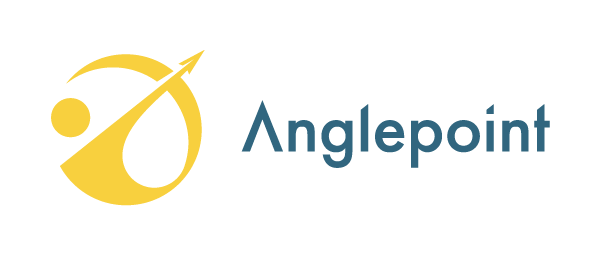If you are a Microsoft customer, chances are high that you have been offered a funded Software Asset Management (SAM) baseline. A “baseline” is a snapshot in time of your current license entitlements compared to your current software deployments, which is typically offered around the time of your Enterprise Agreement True Up or Renewal. It proves to be a helpful exercise in determining your license shortages and overages in the short term, however, when it comes to long-term SAM, which aims to achieve optimization and cost savings, doing only a baseline is sort of like only doing an annual inspection on your car. It’s helpful and it is necessary, but the rest of the year, we still have to perform general maintenance like changing the oil, checking fluids, etc. Otherwise, when we get to the inspection, there are likely to be unexpected problems in store for us and a rather large bill to the mechanic. Avoiding those non-budgeted surprises is just one reason why only doing a baseline is not enough.
Another reason why a simple baseline is not enough is because baselines (like car inspections), may get you compliant (or legal), but they cannot keep you compliant – mainly because a baseline does not involve fixing the issues that led your organization to get out of compliance in the first place. A baseline will not get to the root cause, and it won’t help you figure out how to prevent it from happening again….just like slapping a sticker on your windshield each year won’t extend the longevity of your vehicle. Ongoing SAM, however, can help you proactively reduce your risk long-term, as well as maximize the investment your organization has already made.
Lastly, a baseline alone will not result in actual cost savings. Consider, if you will, one last car analogy around the concept of optimum tire pressure. You may have heard that by keeping your tires inflated to the proper air pressure, you can improve your gas mileage by 0.6% on average and up to 3% in some cases. Ongoing SAM also translates to saving money on software. It helps organizations understand what they are using and what they aren’t, resulting in better decision making, optimum license agreements, and ultimately, a reduction in your overall software spend.
In summary, to achieve effective Software Asset Management, your SAM efforts should be ongoing. They should factor in your roadmap and help to determine if your contracts are aligned with your organization’s strategy. But just like we don’t all do our own oil changes, SAM is not something that you have to take on yourself. Anglepoint offers custom managed services that can either supplement your existing SAM program or manage it entirely for you.
Contact us today to start realizing the true potential of SAM!
